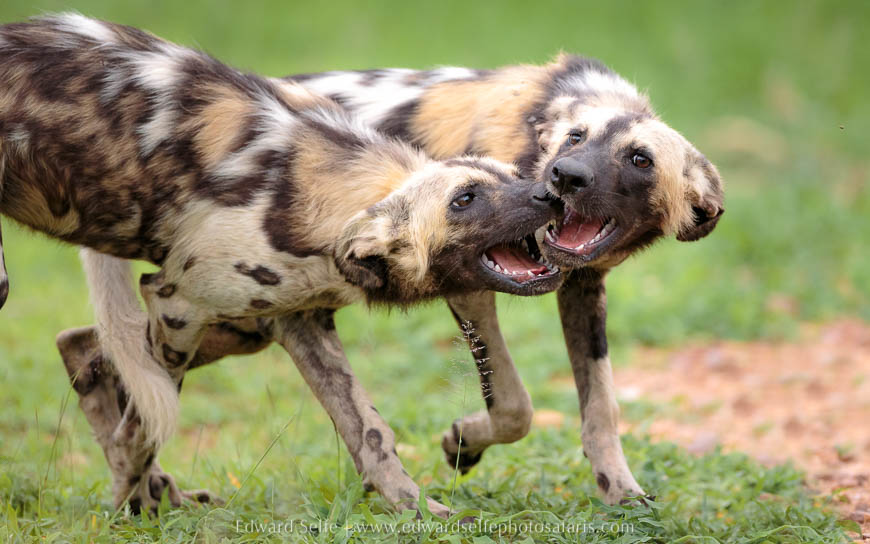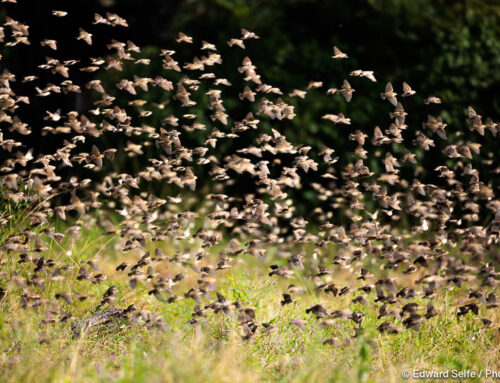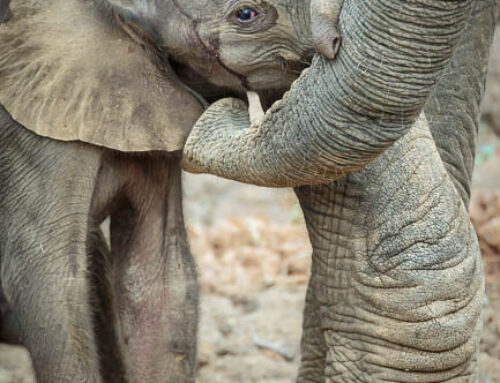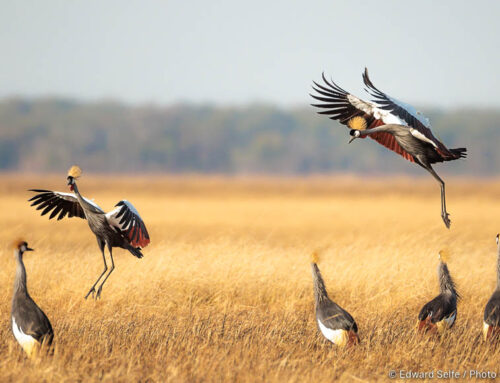The Luangwa Valley is now home to Zambia’s largest African Wild Dog population. Read on for the full press release from the Zambia Carnivore Programme.
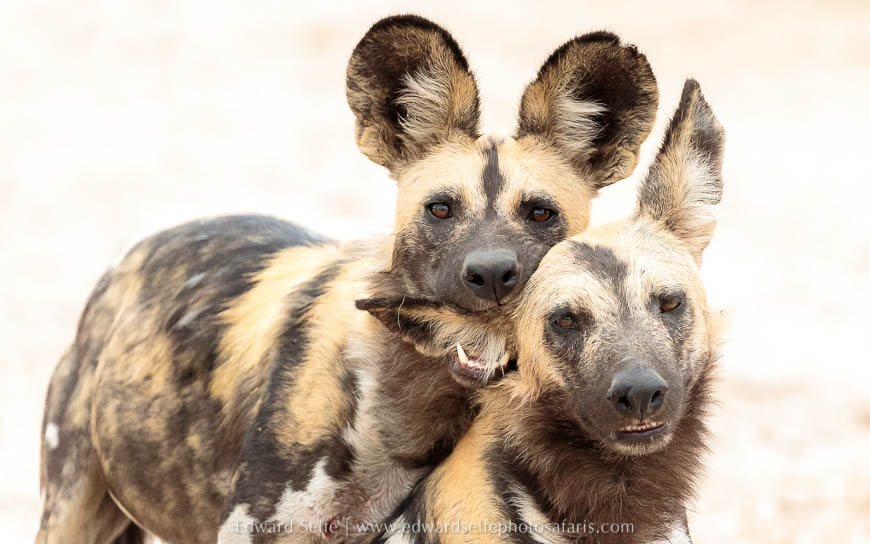
In an exciting win for conservation, the Luangwa Valley is now estimated to have the largest population of wild dogs in the whole of Zambia. Despite being one of Africa’s most endangered carnivores, wild dogs in and around the South Luangwa National Park have enjoyed several years of increasing numbers, and there are now estimated to be approximately 350 adults and yearlings living in the Luangwa Valley. This wildlife conservation success is in large part due to the collaborative efforts of the Department of National Parks and Wildlife (DNPW), the Zambian Carnivore Programme (ZCP), and Conservation South Luangwa (CSL).
Successfully increasing the wild dog populations in the Luangwa has required extensive efforts to reduce the impacts of snaring, which has had devastating impacts on wild dogs in the past. Poachers set wire snare traps for illegal bushmeat, however as wild dogs are wide-ranging and highly social animals, packs are unfortunately prone to getting caught and killed in poaching snares. The minimum viable pack size at which a pack can successfully survive and raise pups is considered to be five dogs; and so the loss of any individuals can have a substantial impact on a pack’s survival.
“Wild dogs are cooperative breeders, meaning typically only the alpha male and female breed and the rest of the pack helps raise the pups,” said ZCP Ecologist Thandiwe Mweetwa. “Consequently pack size is everything for African wild dogs. Bigger packs are more successful at hunting, and at feeding and raising their pups. Most dogs disperse from their natal pack to form new wild dog packs, and so the more pups you have the more dispersers you are likely to have, and the more packs you have.”
Long-term conservation work has enabled the DNPW, ZCP and CSL to effectively mitigate these impacts, which has resulted in an increasing wild dog population. This work involves intense monitoring of approximately 150-180 dogs, through ground-based field crews, aerial tracking and satellite-GPS collar technology. These efforts allow DNPW-CSL teams to detect snared dogs, and then to treat them for injuries through field-based local vets. The data provided by collared dogs is also used in anti-poaching patrols, which target snare removals in areas of high snaring risk for dogs.
“We have seen pretty devastating impacts of snares on wild dogs over the years in the Luangwa,” said CSL CEO Rachel McRobb. “Until recently most of a pack or key individuals like an alpha could suddenly be gone as they get caught in a snare set, and the pack would dissolve. In addition because dogs are so low density and wide-ranging you might never see a snared wild dog again and have a chance to dart it and save its life. We still have big snaring threats, but now we are able to combat it much better than before by keeping wild dogs on the landscape and helping packs survive and proliferate.”
While this population increase is encouraging news, the wild dogs still face an uncertain future, particularly outside the areas in the Luangwa where they are not intensively protected. “Conservation successes are hard to achieve and we cannot relax, as they can quickly be undone if we are not vigilant,” said Thandiwe Mweetwa. “Nevertheless we should celebrate this conservation success for Zambia and the region’s wild dogs.”
